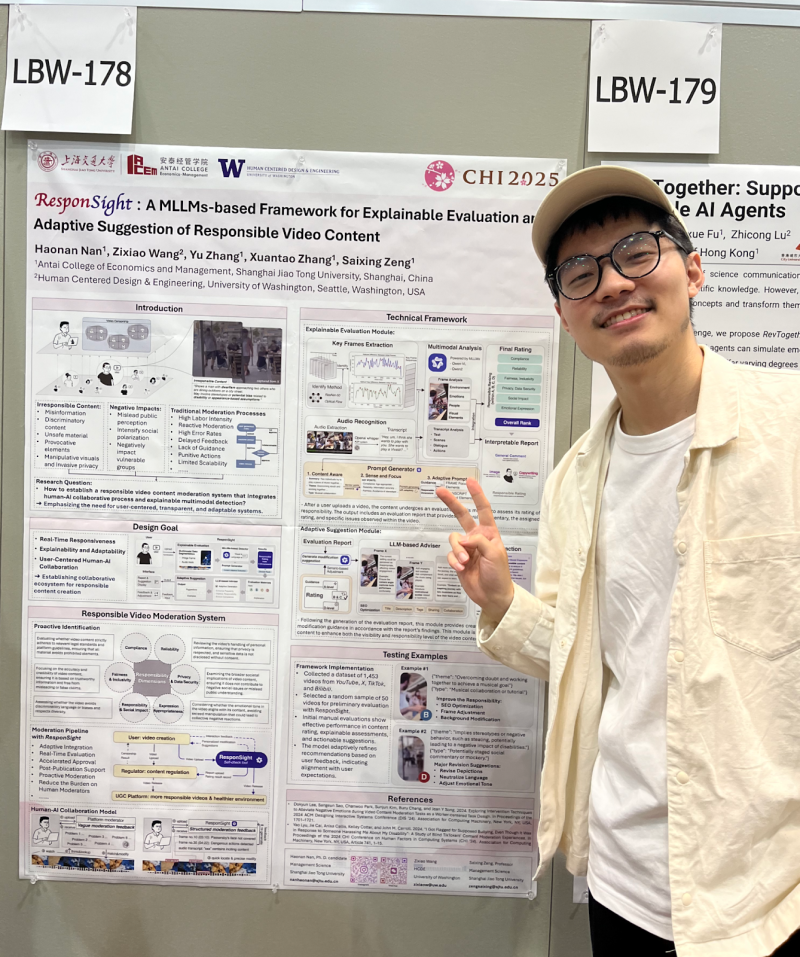By Zack Wang

CHI 2025 in Yokohama was my first time at the conference and also my first chance to present CHI work of my own, so most moments felt a little larger than life. The week opened with me unrolling the ResponSight poster, fielding questions about explainability, and realising mid‑conversation that reviewers’ comments had only skimmed the surface of what practitioners really need. People wondered how much detail moderators can absorb in a live queue, whether labels survive cultural shifts, and how to let field data flow back into the model without creating new bias. Those exchanges left me with a notebook full of implementation questions that feel more urgent than any future‑work paragraph I have written so far.
Away from the poster hall I gravitated toward accessibility talks—real‑time caption personalisation, dynamic aisle‑seat allocation, iterative audits that catch “invisible” barriers before they calcify. Speakers kept emphasising that compliance checklists are only a starting point; the hard part is watching fixes age in the wild. That mindset spilled over when I dropped into the Special Interest Group on bidirectional human–AI alignment. The organisers argued that alignment cannot stay a one‑directional target where machines simply converge on human intent—it has to keep moving as intentions, contexts, and even metrics evolve. Hearing that idea expressed by both HCI and ML people made it feel less like a slogan and more like an inevitable design constraint I’ll have to wrestle with.
Evenings blurred into hallway conversations, sushi runs, and impromptu feedback sessions over convenience‑store coffee. I met researchers auditing crowd‑sourced datasets, industry designers negotiating “responsible AI” playbooks, and PhD students exploring voice‑interface moderation—each encounter nudging my perspective sideways. Instead of leaving with a tidy blueprint for what comes next, I came away sensing that my projects are provisional structures meant to flex, that methods will likely shift once they meet new collaborators, and that some of the most interesting questions emerge only after formal studies end.
None of this would have happened without the travel support from UW’s GPSS and HCDE funds, or the colleagues who traded critiques and reassurance in equal measure. I’m back with more questions than answers, which feels like the right metric for a first CHI.
Give to support HCDE student travel
The Mary B. Coney Endowed Fund, named in honor of Emeritus Professor Mary Coney, supports HCDE students by funding costs associated with travel to conferences and international workshops. Your support of this fund enriches the HCDE student experience and enhances HCDE's influence in the field.